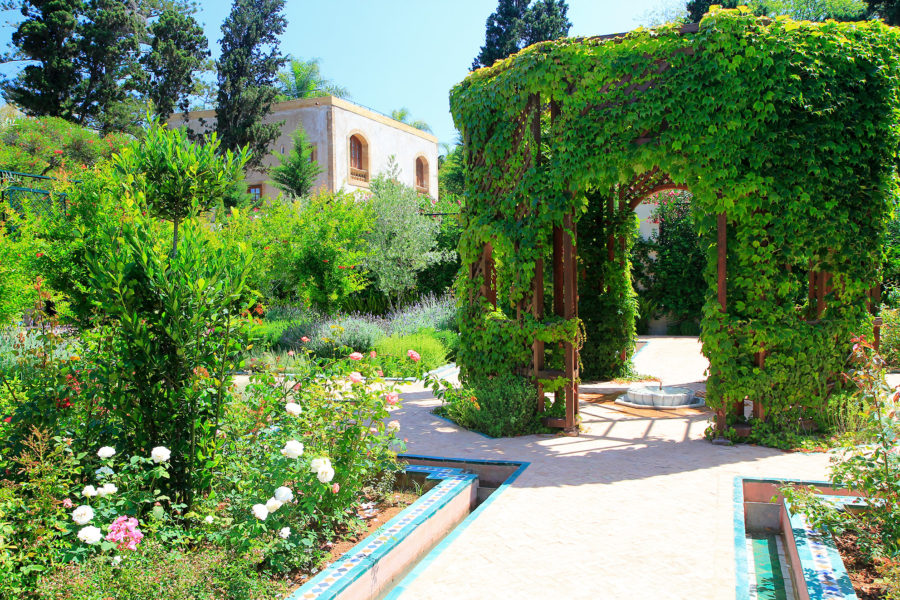Nestled in the town of Bouknadel, Morocco’s Exotic Gardens stand as a botanical paradise, bringing together tropical and subtropical plant species from Asia, South America, and Africa. Established in 1951 by French horticultural engineer Marcel François, the gardens cover 4.5 hectares and serve as a vital center for ecotourism, education, and biodiversity conservation.
A Global Collection of Rare Flora
The gardens showcase over 500 plant species from across the globe, including regions such as China, South Asia, the Congo, Japan, Brazil, and Polynesia. Divided into three main sections culture gardens, nature gardens, and educational gardens each space reflects a unique ecosystem.
- Culture gardens feature Andalusian, Japanese, and Chinese designs.
- Nature gardens include ten themed sections with plants from Polynesia, Peru, Brazil, South Asia, the Antilles, and beyond.
- Educational gardens support research and learning, attracting students, scientists, and environmentalists.
According to Ibrahim Haddane, director of the gardens, the plants “adapt very well to Morocco’s climate and geology,” making it an ideal site for preserving botanical diversity.
Challenges of Climate Change and Water Scarcity
Maintaining the gardens requires daily care, as different plants have specific needs for water, light, and temperature. However, climate change and water shortages pose significant challenges.
Marzak Charki, a plant production technician, highlighted that due to reduced rainfall, some plants experience depressed growth cycles, disrupting their natural biological rest period.
To combat these environmental pressures, the gardens have adopted sustainable irrigation techniques, including drip and sprinkler systems, and biological pest control to reduce reliance on chemical treatments. Additionally, drought-resistant plant varieties are being introduced to minimize water consumption.
A Hub for Ecotourism and Botanical Research
Each year, approximately 100,000 visitors explore the Exotic Gardens of Bouknadel, making them a key contributor to Morocco’s ecotourism sector. Tourists, researchers, and school groups visit to study rare plants and learn about sustainable conservation practices.
Since first opening to the public in 1961, the gardens have remained a sanctuary of global flora, offering a tranquil escape into nature while playing a crucial role in botanical education and environmental preservation.



